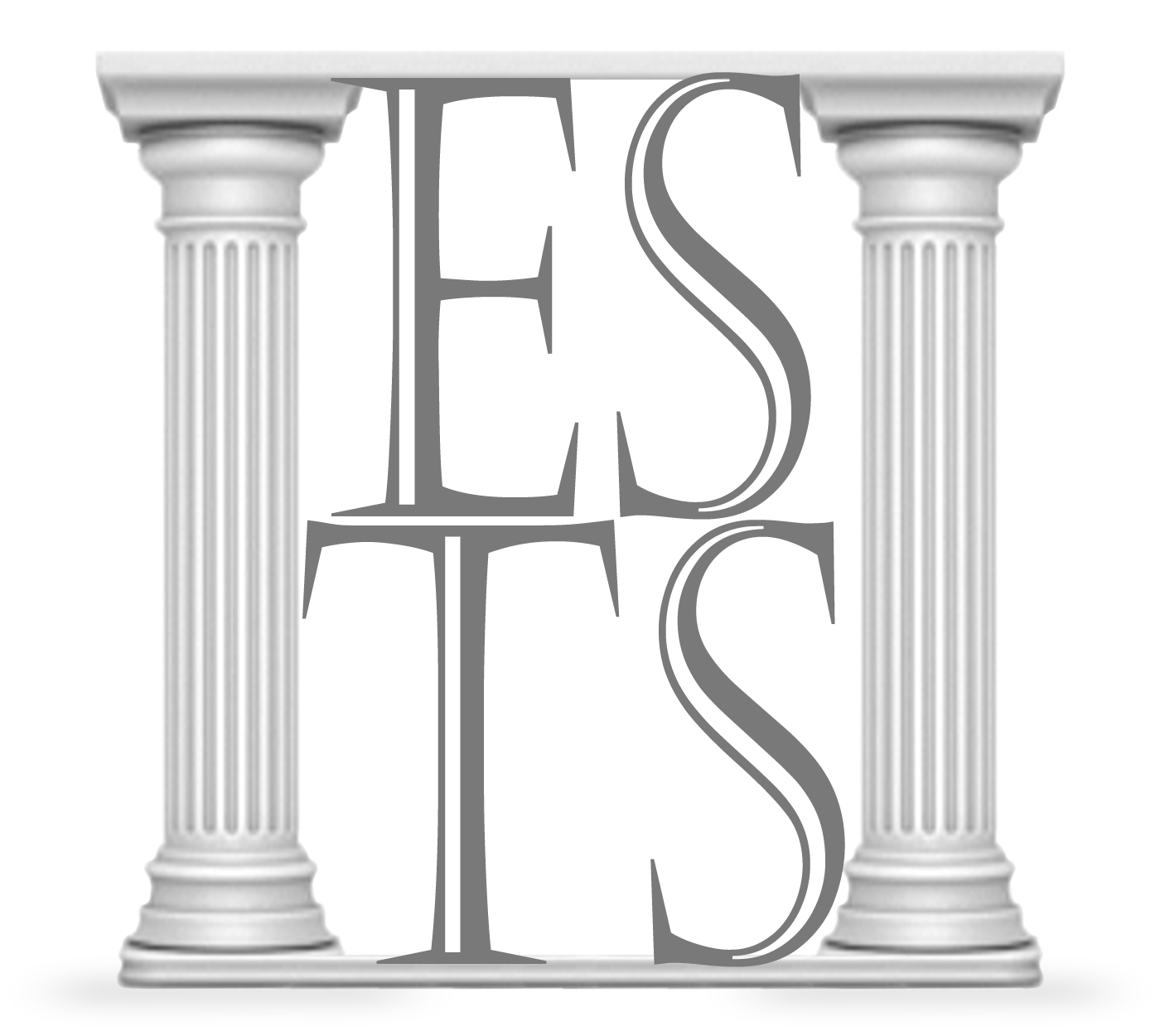Creating a Strategic Talent Roadmap
It’s rare to hear a leader speak and not hear something to the effect of “talent is our greatest asset”. But, for many organizations, the talent strategy still feels quite a bit disconnected. When reactive hiring or simplistic headcount planning is your talent strategy, I can guarantee you, talent is not being treated as the greatest asset. I would call it more of a missed opportunity.
Talent Strategy and Business Objectives
Talent strategy isn’t just about filling seats. It’s about strategically empowering your business to reach its goals. How can you genuinely drive growth if you’re not proactively identifying which roles will be pivotal, what skills your future landscape demands, and how shifts in the market will impact your workforce?
Consider this:
- A recent study by Deloitte found that 87% of companies believe that talent is their most important asset, yet only 27% of HR leaders feel they have a “very good” understanding of their talent needs for future business success. Wow.
- Research from Gartner indicates that organizations with highly aligned HR and business strategies achieve 1.5 times higher revenue growth and 2 times higher profit margins compared to their less aligned counterparts. Think of it this way – you just doubled the profit margins of your competitors. Is that good?
- The World Economic Forum predicts that 50% of all employees will need reskilling by 2027 due to the adoption of new technologies. FYI, that’s in two years. If your talent strategy isn’t looking ahead at these critical skill shifts, you’re already behind.
These numbers reinforce the idea that a reactive, siloed approach to talent simply won’t cut it in today’s rapidly evolving business environment. And if AI does nothing else, it should convince you that we are knee deep in an evolving business environment.
87% of companies believe that talent is their most important asset, yet only 27% of HR Leaders feel they have a very good understanding of their talent needs for future business success.
Beyond Headcount: A Strategic Roadmap
So, what does it mean to truly align your talent strategy with business objectives? It means:
- Understanding your business’s 5-year strategic plan inside and out.
- Identifying the key initiatives and projects that will drive those goals.
- Pinpointing the specific roles and skill sets that will be critical to the success of those initiatives.
- Anticipating market changes (technological advancements, economic shifts, competitive landscape) and their impact on your talent needs.
- Developing proactive strategies for recruiting, upskilling, and retaining the right talent before you’re in a crisis.
If you’re not sure how to accomplish these initiatives, I can give you a simple tip – immerse yourself in the businesses you support. The more business meetings, strategy sessions, leadership round tables, etc. you attend, the more you can think like the business.
This isn’t theoretical. It’s a practical, actionable process. It’s about creating a clear, living document that serves as your Strategic Talent Roadmap.
To create that roadmap, follow these steps:
- Identify key roles and the ideal candidate personas for those roles. Those roles could be hard to fill, strategically critical, or frequently open. To develop candidate personas, consider skills (both technical and soft), experience, cultural fit, location, and motivations for doing the job.
- Strategic Sourcing – Use networking, LinkedIn, Conferences, professional associations, etc. and remember, time is on your side. Because you are not reactively scrambling to find candidates, you can develop strategic pipelines over time to identify the best candidates for the role.
- Nurturing Relationships – To the point above, you have time to get to know people. Whether they are in the job market or not, meeting up at events, sharing company information/news, conducting informational interviews, developing strong relationships with a handful of people for each role, is the key to success.
- Systemize your tracking activities – If you’re going strategic, invest a little bit in the process. No more spreadsheets or Word documents. Purchase a Candidate Relationship Management (CRM) system. While interacting with the network, update status between warm versus cold prospects and make sure the funnel is full enough to find hires when the time is right.
The difficulty in this strategy is the investment of time. Building a robust talent pipeline is not a quick fix. This is an ongoing investment in your organization’s future. And, while this is a significant investment of time, the benefits far outweigh the work. By proactively identifying, engaging, and nurturing 3-5 prospects for your critical roles, corporate recruiting departments can transform from reactive order-takers to strategic talent advisors. If you’re ready to stop playing catch-up with your talent needs and start proactively shaping your workforce for future success, then this strategy is for you.
What is one key challenge you face in aligning your talent strategy with business goals? Share your thoughts in the comments!
Want to understand how these improvements can be implemented in your company? Contact Eddie Stewart . I always enjoy talking with fellow recruiting leaders about what’s working and what challenges you’re facing.




0 Comments
7 Steps to a Winning University Recruiting Program
Campus Recruiting Programs are an excellent way to acquire talent to develop. And building a productive college recruiting program doesn't have to be expensive or time consuming
Candidate Sourcing in 2025: Beyond LinkedIn and Job Boards
Sourcing talent is evolving rapidly. If you're solely relying on the same methods you were two years ago, it's time to make a change.
The Talent Edge Newsletter – Technology that Transforms Recruiting
This monthly newsletter covers all things technology this month, including ATS selection, vendor assessment tools, and more.